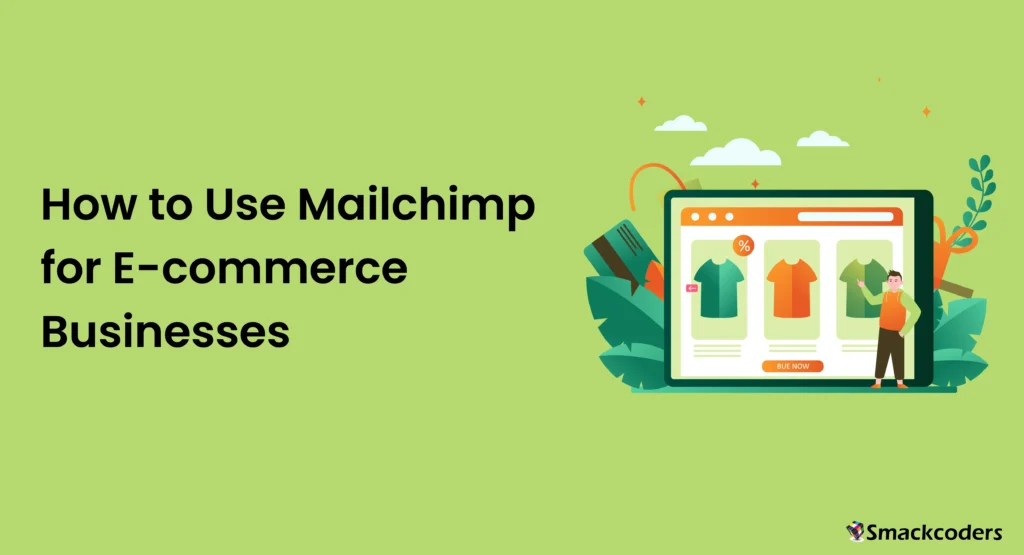
Table of Contents
Introduction to Mailchimp for E-commerce
Mailchimp is a powerful tool that can help e-commerce businesses boost sales and enhance customer engagement through effective email marketing. This guide provides comprehensive strategies and tips on how to use Mailchimp to its fullest potential for your e-commerce store.
Overview of Mailchimp
Mailchimp offers a wide range of features tailored for e-commerce, from email automation and segmentation to advanced analytics and integrations with popular e-commerce platforms. By leveraging these features, businesses can create personalized and impactful email marketing campaigns that drive sales and foster customer loyalty.
Key Features for E-commerce
- Automated Workflows: Set up automated email sequences for various customer interactions, such as welcome emails, order confirmations, and re-engagement campaigns.
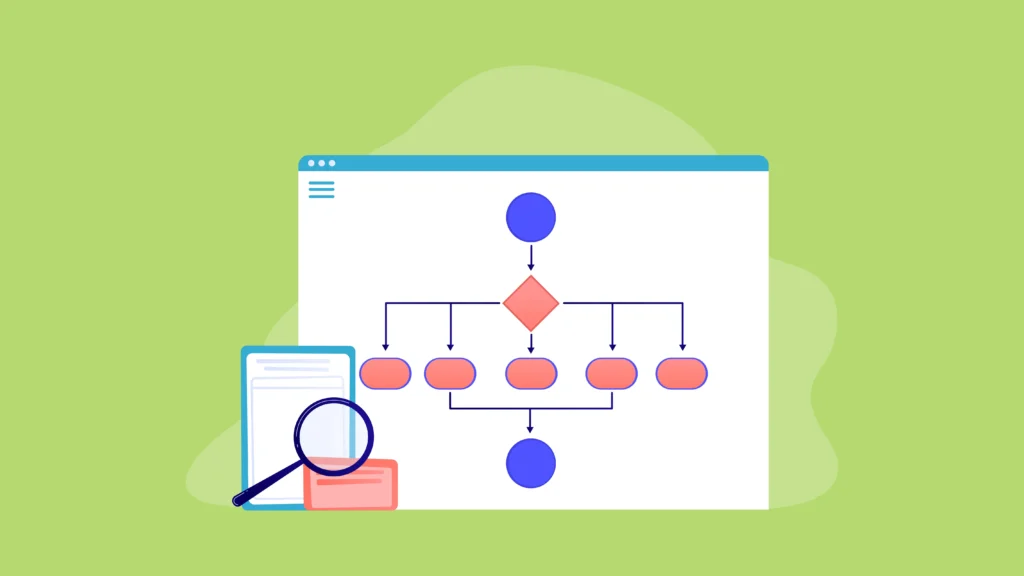
- Segmentation: Divide your email list into segments based on customer behavior, demographics, and purchase history.
- Analytics and Reporting: Use comprehensive data and insights to monitor the effectiveness of your email campaigns.
- Integration: Connect Mailchimp with e-commerce platforms like Shopify, WooCommerce, Magento, and more for seamless data synchronization.
Benefits of Using Mailchimp for Online Stores
If you use Mailchimp for your online store, you can benefit from:
- Increase Sales: Through targeted email campaigns and personalized product recommendations.
- Enhance Customer Engagement: By sending timely and relevant emails that resonate with your audience.
- Save Time: With automation features that streamline your marketing efforts.
Importance of Email Marketing for E-commerce Businesses
Email marketing remains one of the most effective channels for e-commerce businesses to reach and engage customers. With high ROI and the ability to personalize messages, email marketing can drive sales, increase customer retention, and enhance the overall shopping experience.
Benefits of Email Marketing for E-commerce
- Direct Communication: Reach customers directly in their inboxes, ensuring your message is seen.
- Personalization: Tailor messages based on customer behavior and preferences, increasing relevance and engagement.
- Automation: Save time by setting up automated campaigns that run on autopilot.
- Measurable Results: Track the performance of your campaigns in real-time, allowing for continuous optimization.
Impact on Sales and Customer Engagement
Using email marketing effectively can increase sales and consumer engagement by:
- Driving Repeat Purchases: Encourage customers to return with personalized offers and product recommendations.
- Increasing Customer Loyalty: Build a strong relationship with your customers through consistent and meaningful communication.
- Maximizing Customer Lifetime Value: Nurture customers over time to increase their lifetime value to your business.
Comparison with Other Marketing Channels
While social media and search engine marketing are important, email marketing offers unique advantages:
- Higher ROI: Email marketing often delivers a higher return on investment compared to other channels.
- Greater Control: You own your email list, giving you more control over your marketing efforts.
- Enhanced Targeting: Advanced segmentation allows for highly targeted campaigns that are more likely to convert.
Building Your E-commerce Email List
Strategies for Growing Your List
- Sign-Up Forms: Place sign-up forms prominently on your website, including the homepage, product pages, and checkout process.
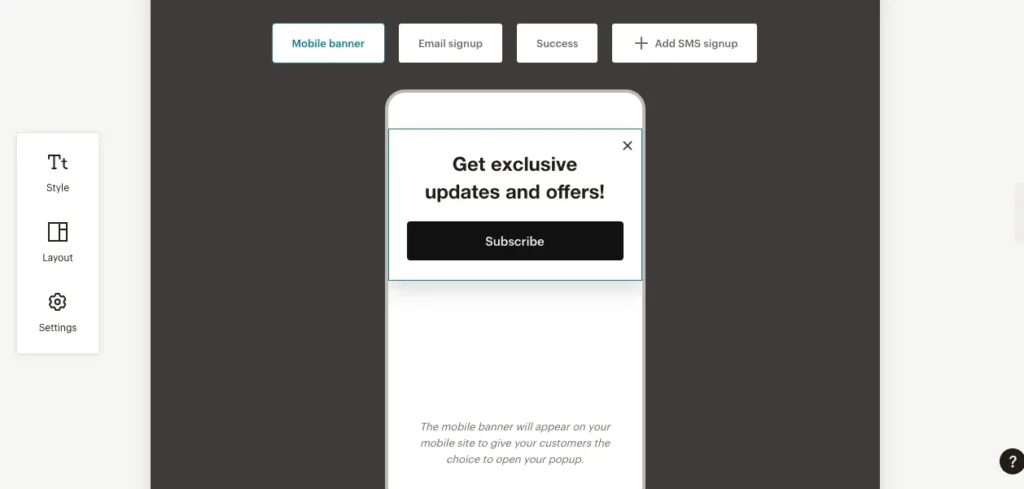
- Incentives: Offer discounts, free shipping, or exclusive content to encourage visitors to subscribe.
- Pop-Ups: Use exit-intent pop-ups to capture email addresses from visitors who are about to leave your site.
- Social Media: Promote your email list on social media channels, encouraging followers to subscribe.
Using Signup Forms and Pop-Ups
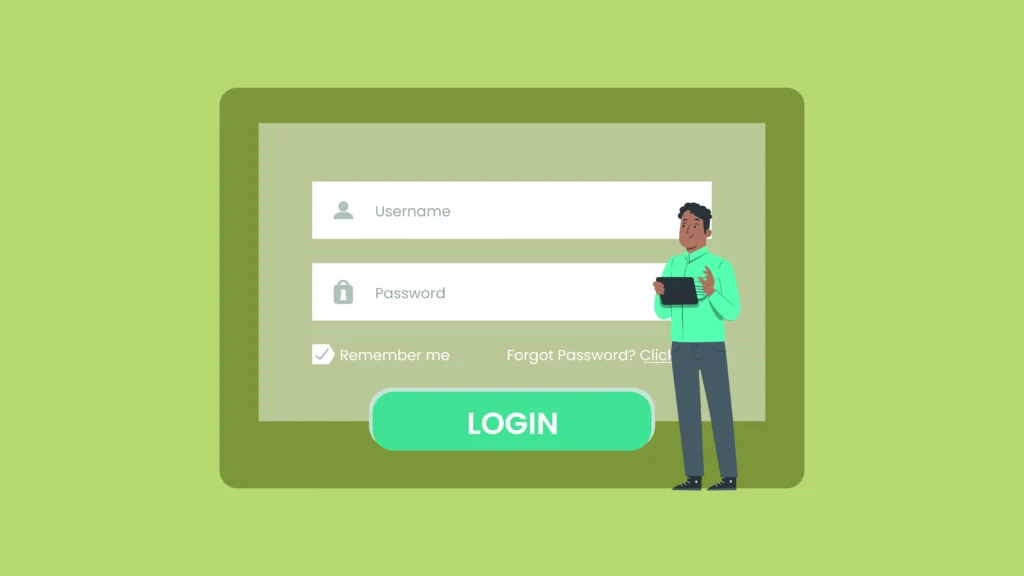
Signup forms and pop-ups are effective tools for growing your email list:
- Design: Ensure your forms are visually appealing and easy to fill out.
- Placement: Place forms in high-traffic areas of your site to maximize visibility.
- Timing: Employ exit-intent or timed pop-ups to collect emails without interfering with the user’s experience.
Encouraging Subscriptions through Incentives
Offering incentives can significantly boost your subscription rate:
- Discount Codes: Provide a discount code for first-time subscribers.
- Exclusive Content: Offer access to exclusive content, such as ebooks, guides, or webinars.
- Contests and Giveaways: Run contests or giveaways that require email sign-up to enter.
Creating and Sending Product Promotions
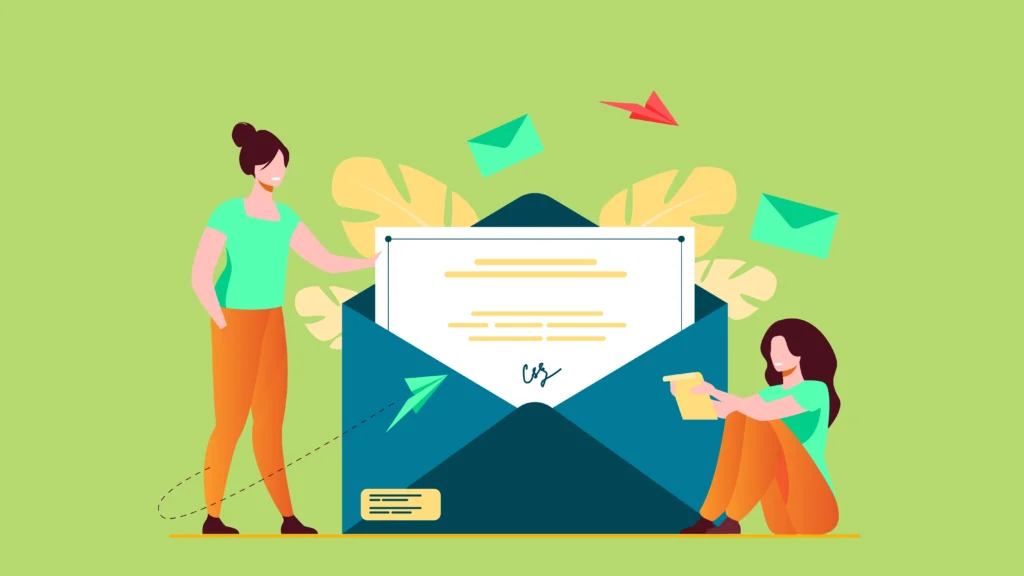
Crafting Compelling Promotional Emails
- Clear Messaging: Ensure your message is clear and concise, highlighting the key benefits of your offer.
- Eye-Catching Design: Use high-quality images and an attractive layout to capture attention.
- Strong Call to Action: Encourage customers to take immediate action, whether it’s making a purchase or visiting your website.
Types of Promotional Emails
- New Product Announcements: Inform customers about new arrivals and generate excitement.
- Seasonal Promotions: Take advantage of holidays and special events to drive sales.
- Flash Sales: Create urgency with limited-time offers and exclusive discounts.
Best Practices for Product Promotion Emails
- Personalize Content: Tailor your emails based on customer behavior and preferences.
- Segment Your Audience: Send targeted promotions to specific segments of your email list.
- Test and Optimize: Continuously test different elements of your emails to improve performance.
Recovering Abandoned Carts
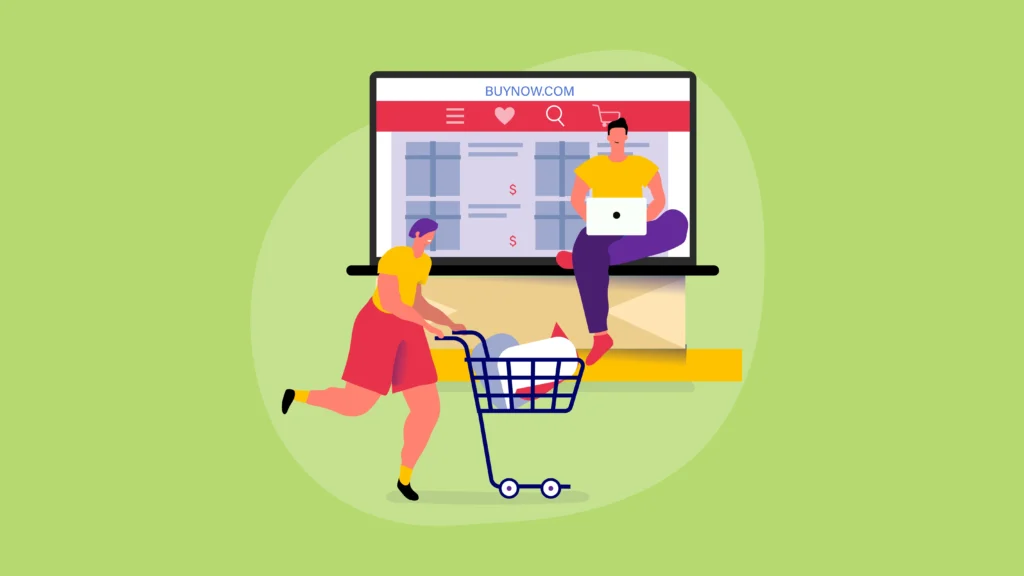
Strategies for Abandoned Cart Emails
- Timely Reminders: Send emails shortly after the cart is abandoned to re-engage potential buyers.
- Personalization: Include product images and personalized messages to remind customers of what they left behind.
- Incentives: Offer discounts or free shipping to encourage customers to complete their purchases.
Crafting Compelling Cart Recovery Messages
- Subject Lines: To boost open rates, write subject lines that attract readers’ attention.
- Email Content: Highlight the benefits of the products left in the cart and address any potential objections.
- Call to Action: Include a clear and compelling call to action to prompt customers to complete their purchase.
Timing and Frequency of Cart Recovery Emails
- First Reminder: Send within 1-2 hours of cart abandonment.
- Second Reminder: Send within 24 hours, offering an incentive if possible.
- Final Reminder: Send within 48-72 hours as a last attempt to recover the sale.
Personalizing Customer Experiences
Importance of Personalization
Personalization can significantly enhance customer experience and increase conversions. Tailoring your emails to individual customer preferences and behaviors can make your messages more relevant and engaging.
Techniques for Personalization
- Dynamic Content: Use dynamic content blocks to show different content to different segments of your audience.
- Behavioral Triggers: Send emails based on customer actions, such as purchases, browsing history, or cart abandonment.
- Product Recommendations: Suggest products based on past purchases or browsing behavior, increasing the likelihood of a sale.
Running Targeted Campaigns and Segmentation
Effective Segmentation Strategies
Segmentation allows you to send more relevant emails by grouping your audience based on specific criteria:
- Demographic Segmentation: Segment by age, gender, location, and other demographic factors.
- Behavioral Segmentation: Segment based on purchase history, browsing behavior, and engagement with previous emails.
- Engagement Segmentation: Segment by how actively customers engage with your emails, such as frequent openers or those who rarely interact with your emails.
Creating Targeted Campaigns
- Identify Segments: Define segments based on the criteria most relevant to your business.
- Tailor Content: Customize your email content to match the interests and needs of each segment.
- Measure Results: Track the performance of your segmented campaigns and make adjustments as needed.
Examples of Effective Segmentation Strategies
- Loyal Customers: Send exclusive offers and early access to new products to your most loyal customers.
- First-Time Buyers: Send welcome emails and introductory offers to new customers.
- Inactive Subscribers: Re-engage inactive subscribers with special offers and personalized content.
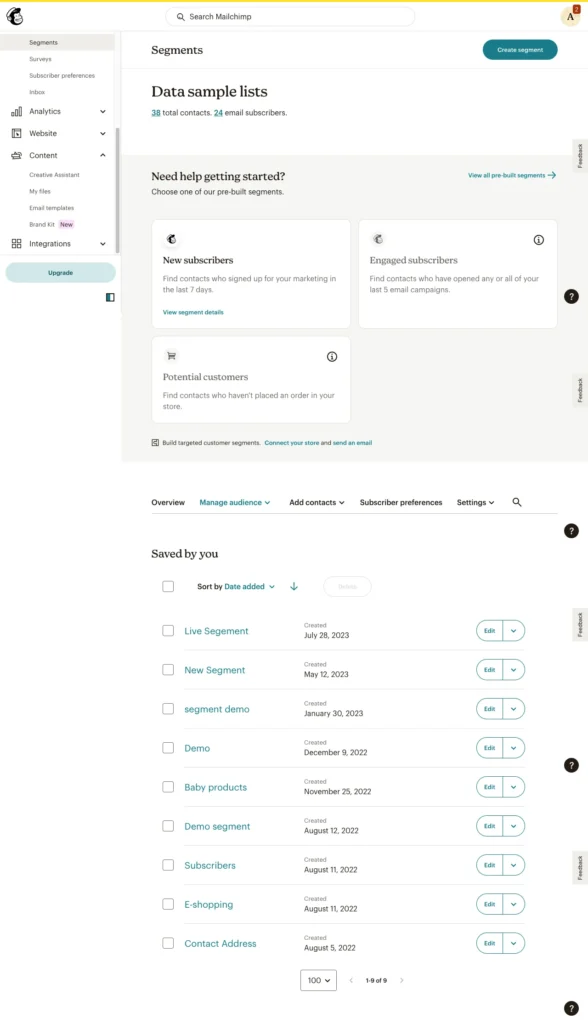
Leveraging Automation for E-commerce
Automating Your Email Campaigns
The automated tools of Mailchimp can help you save time and guarantee that your clients receive consistent communications:
- Welcome Series: Automatically welcome new subscribers and introduce your brand.
- Post-Purchase Follow-Up: Send thank you emails and request feedback after a purchase.
- Re-Engagement Campaigns: Reconnect with inactive subscribers to bring them back to your store.
Benefits of Automation for E-commerce
- Efficiency: Save time by automating repetitive tasks.
- Consistency: Ensure timely and relevant communication with your customers.
- Scalability: As your company expands, you can simply scale your email marketing initiatives.
Integrating with E-commerce Platforms
Popular E-commerce Integrations
Numerous e-commerce systems are fully integrated with Mailchimp, enabling you to synchronize data and automate workflows:
- Shopify
- WooCommerce
- Magento
- BigCommerce
Benefits of Integration
- Unified Data: Sync customer and order data automatically, ensuring consistency across platforms.
- Automated Campaigns: Trigger emails based on customer actions in your store, such as purchases, abandoned carts, and product views.
- Enhanced Analytics: Get detailed insights into your email marketing performance, helping you optimize your campaigns for better results.
Analyzing Performance and Optimizing Campaigns
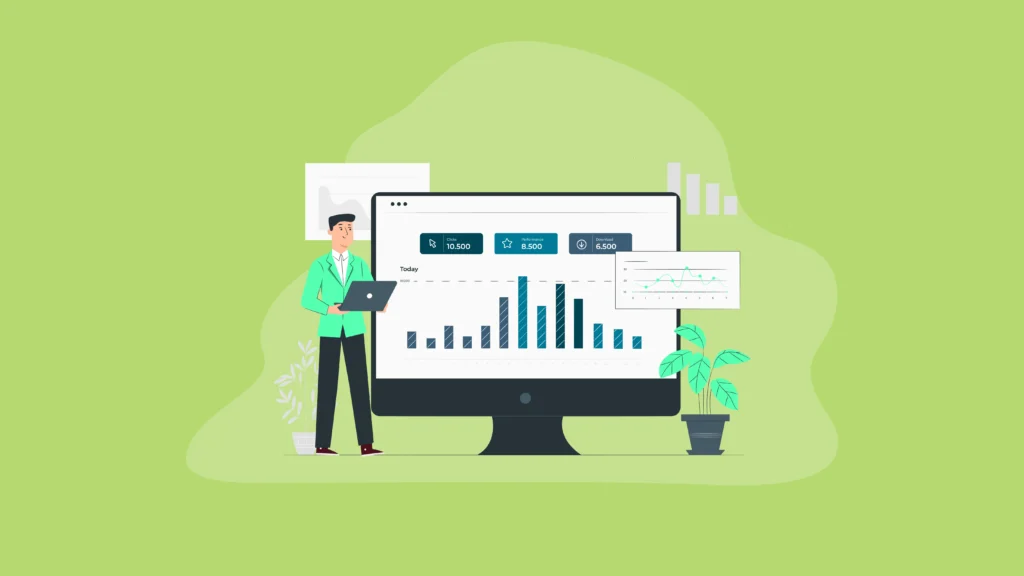
Key Metrics to Track
- Open Rate: Calculate the proportion of recipients who click through to your email.
- Click-Through Rate (CTR): Keep track of the proportion of recipients who open a link in your email by clicking on it.
- Conversion Rate: Track the proportion of recipients who finish the intended task, such completing a purchase.
- Bounce Rate: Monitor the percentage of emails that are not delivered.
- Unsubscribe Rate: Track the percentage of recipients who opt out of your email list.
Optimization Tips
- A/B Testing: Test different elements to see what performs best. Try different things with call-to-action buttons, graphics, email text, and subject lines.
- Continuous Improvement: To enhance your email marketing plan, examine performance data on a regular basis and make the required modifications.
- Customer Feedback: Use feedback from your customers to refine your email content and strategies, ensuring they meet the needs and preferences of your audience.
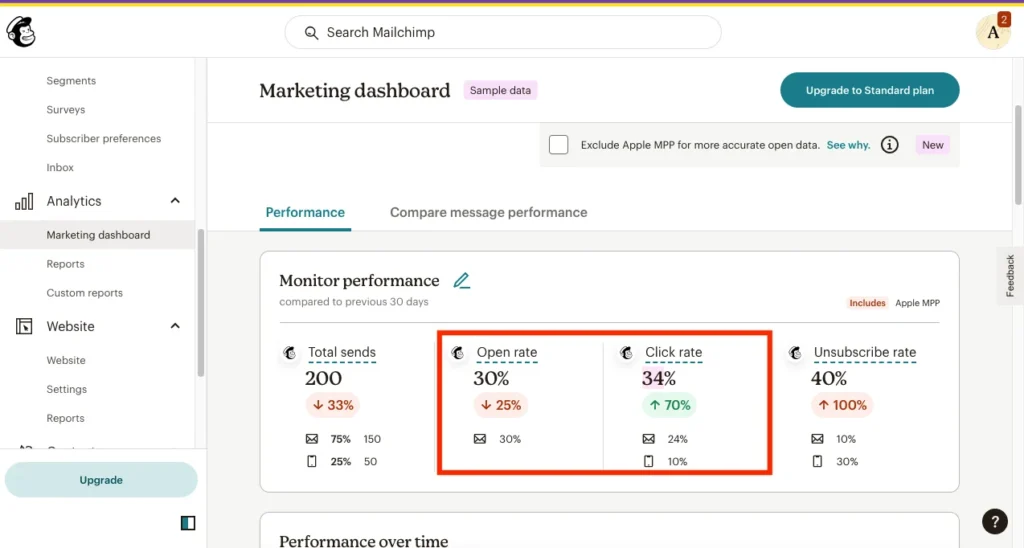
Compliance and Best Practices
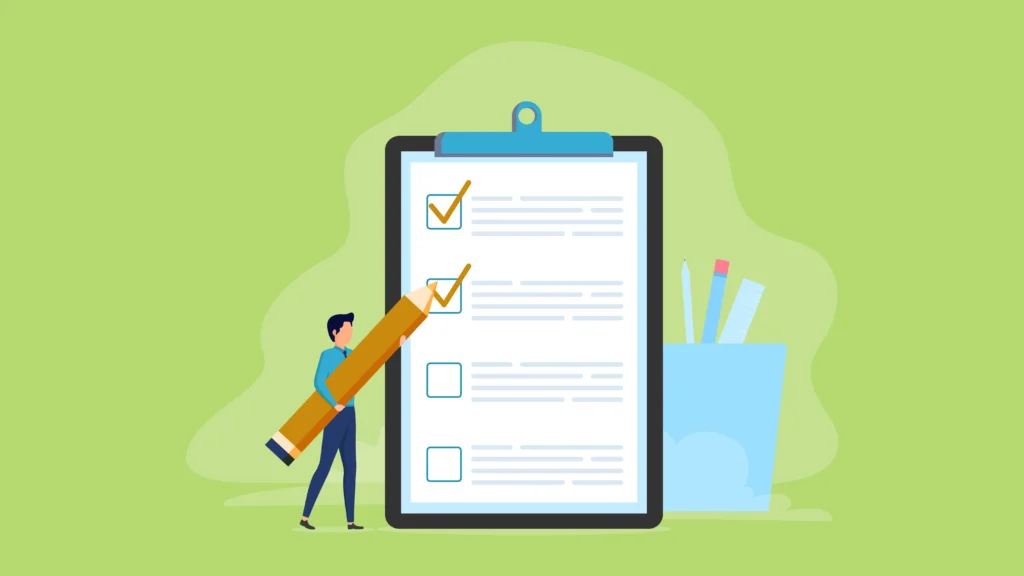
Ensuring Legal Compliance
Follow legal regulations to ensure your email marketing practices are compliant:
- CAN-SPAM Act: Include a physical address and an opt-out option in the US. Ensure that your emails have clear and accurate subject lines.
- GDPR: Obtain explicit consent for sending marketing emails to individuals in Europe. Provide detailed information about how their data will be used.
- CASL: Ensure clear consent and identification in Canada. Include an easy-to-find unsubscribe mechanism (button/link) in your email campaigns.
Best Practices for Email Marketing
- Double Opt-In: Confirm subscribers’ intent to receive emails by sending a confirmation email after they sign up.
- Clear Unsubscribe Options: Make it easy for recipients to opt out of your emails. Provide a visible and simple unsubscribe link in every email.
- Regular List Cleaning: Remove inactive subscribers to maintain a healthy email list. Maintain a clean email list to increase engagement and deliverability.
- Transparent Privacy Policy: Clearly explain how subscriber data will be used and ensure your privacy policy is accessible.
FAQs
What is Mailchimp for e-commerce?
Mailchimp for e-commerce refers to using Mailchimp’s tools and features specifically designed to help online stores manage their email marketing, increase sales, and engage customers.
How do I integrate Mailchimp with my e-commerce platform?
Numerous well-known e-commerce platforms, including Shopify, WooCommerce, Magento, and BigCommerce, are integrated with Mailchimp. You can set up the integration through the Mailchimp dashboard by following the specific instructions for your platform.
Can I automate my e-commerce email campaigns with Mailchimp?
Yes, Mailchimp offers powerful automation features that allow you to set up workflows for various customer interactions, such as welcome series, abandoned cart emails, and post-purchase follow-ups.
How can I optimize my e-commerce email campaigns?
To optimize your e-commerce email campaigns, regularly track key metrics such as open rates, click-through rates, and conversion rates. Use A/B testing to experiment with different elements and make data-driven adjustments to improve performance.
What are the best practices for email marketing?
Best practices for email marketing include maintaining a clean email list, personalizing content, using strong call-to-actions, and complying with regulations like GDPR and CAN-SPAM. Keep an eye on your campaigns and adjust them as needed using performance statistics.
How can I assess whether my email marketing is successful?
Measure the success of your campaigns by tracking key metrics like open rate, click-through rate, and conversion rate. Use Mailchimp’s reporting tools to gain insights and optimize your campaigns based on performance data. Regularly conduct A/B testing to experiment with different elements and improve your results.